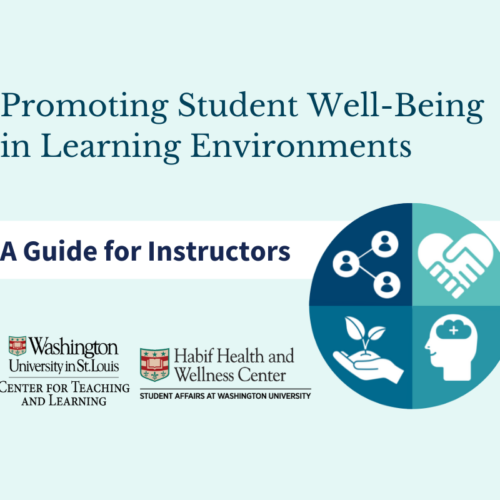Advantages of Student-Led Classroom Discussions
There are many discussion styles in the classroom but a student-led approach could be the best one to stimulate conversation, writes Peter Wayne Moe, Ph.D., assistant professor of English and the director of the Writing Program at Seattle Pacific University in a recent Faculty Focus article.
In the story, Moe cites an example of student-led discussion in his own classroom. He assigned an essay and then had his students circle up, get out the essay, and write about a passage that they found interesting, discussion questions based on that passage, and then their response to the passage. Moe then told his students that he would let the class lead the conversation while he observed.
Moe found that the students not only banded together to facilitate an engaging discussion, but that they moved through the conversation in a way that he did not expect. The students quickly identified the argument in the essay and incorporated conversation as they went.
“That the students talked so well on their own, that they did not need me to salvage the discussion, that I was not the hub holding together the conversation, has me wondering when I should speak in class and when I should remain silent,” Moe writes in the article. The approach could work well for discussion-based classes where the instructor normally facilitates most of the conversation.






